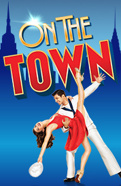Sex, Sailors & the City: On the Town's Transformation From Ballet to Beloved Broadway Hit
New York is a helluva town, and it’ll be even better on October 16, when On the Town officially returns to Broadway! The latest revival of the classic musical at the newly renovated Lyric Theatre stars Tony Yazbeck, Jay Armstrong Johnson and Clyde Alves as the three amorous sailors who make the most—and then some—of their 24 hours’ shore leave in New York City. How did a play crafted by four Broadway titans get its sea legs? Let’s ship off in search of answers!

It all began in a journal
Long before he was the legendary choreographer of West Side Story, Jerome Robbins was a young dancer at Ballet Theatre (later American Ballet Theatre) who harbored lofty artistic ambitions. He kept ideas for “dance scenarios” in journals, one of which he named "Shore Leave Interlude," according to Masterworks Broadway. In 1943, Ballet Theatre agreed to produce his idea, but there was a catch. Robbins had to find an accompanying score. Uh-oh...

Robbins used his connections
After several months, Robbins still hadn't located the musical muse for his page-bound ideas, but he threw around the name of Leonard Bernstein, who, at age 25, was about to conduct the New York Philharmonic. Securing the wunderkind’s services was surprisingly easy: set designer Oliver Smith knew him! He set up a meeting, and the dancer and the composer immediately hit it off.
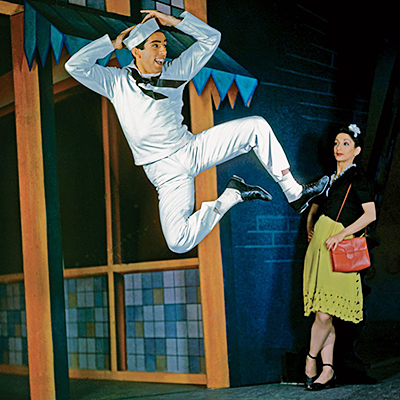
Bernstein & Robbins were pen pals
The new friends worked by phone and mail on the project, renamed Fancy Free, while Robbins toured with Ballet Theatre. Neither man had ever created a ballet before. Fancy Free debuted at the Metropolitan Opera House in April 1944. How does a ballet forged by correspondence fare? The New York Times declared the production to be “exactly 10 degrees north of terrific.” We’re guessing that means it was pretty good.
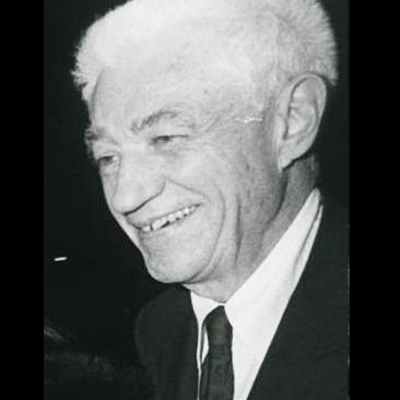
The ballet twirled to Broadway
Smith, who designed the sets for Fancy Free, suggested adapting the ballet into a full-length show—wow, that guy's just full of good ideas, isn't he? The designer agreed to produce it with his friend Paul Feigay. Robbins will handle the choreography. Bernstein will tackle the music. This is all great, but who will write the lyrics and book for On the Town?

Comden & Green’s Bernstein boost
Musical buffs know Betty Comden and Adolph Green as the longtime writing team behind a bunch of memorable musicals, including Singin’ in the Rain and The Band Wagon. But in 1944, their resume had a lot of white space. Bernstein, however, was a fan of their work in the NYC comedy troupe the Revuers and suggested the duo write the book and lyrics. It wasn't a popular choice until Bernstein took Smith and Feigay to a Revuers show and successfully convinced them.
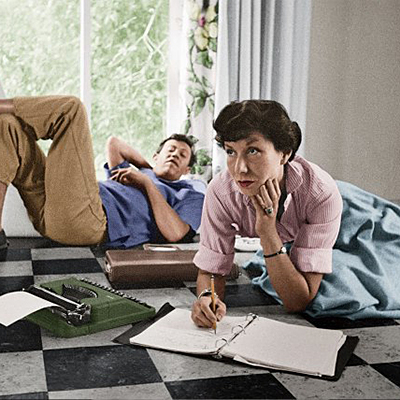
The Kids' energy never flagged...
The youthful spirit of Robbins, Bernstein, Comden, and Green—average age, 27—practically glowed. When director George Abbott came aboard, he dubbed the quartet “The Kids.” Even when Green and Bernstein had a setback and were hospitalized simultaneously, they found a way to make it work. "The two booked adjoining hospital rooms at Doctor’s Hospital," according to The New York Times. "Bernstein would tap out rhythms on the connecting wall so that Green could work on the lyrics; Comden would dart back and forth to confer with each."
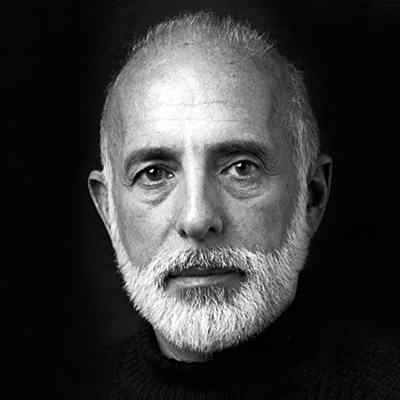
…But the energy was combustible
Brilliance sometimes comes at a cost. As rehearsal pianist Trude Rittman explained to Masterworks Broadway, Robbins was “just murder to work with. [He] constantly murdered himself, he was so high-strung and self-tormented.” Green’s widow, Phyllis Newman, told The New York Times that “they would go insane, complaining and everything,” over Abbott’s changes.

The sailors found success
Despite illness, arguments and major script revisions, On the Town, featuring Comden and Green in the starring roles of Claire DeLoone and Ozzie, respectively, opened December 28, 1944 at the Adelphi Theatre. The lyricists were joined by John Battles as Gabey, Sono Osato as Ivy Smith, Cris Alexander as Chip and Nancy Walker as Hildy. The production was officially a hit, running for 462 performances.
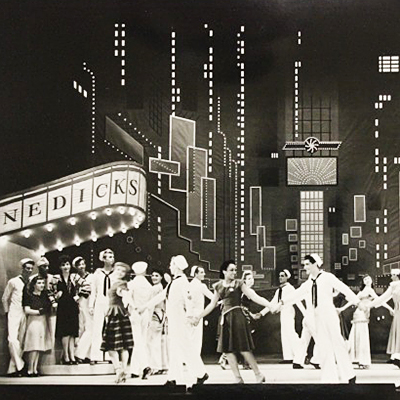
Reality interfered
Abbott was adamant that he did not want World War II—then in full swing—mentioned in On the Town. The logic: people already heard enough of that. The war’s impact was felt nonetheless. The large, integrated cast included Sono Osato as one of the three female leads who vie for the sailors’ affections. Her father spent opening night in an internment camp along with more than 110,000 other Japanese-Americans.
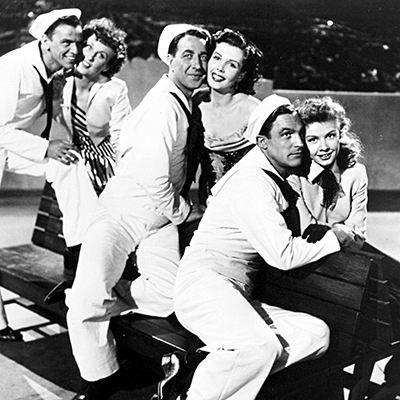
Lights, camera, revisions!
With the success of the Broadway show, MGM quickly acquired the film rights. A movie adaptation of On the Town was released in 1949 starring Gene Kelly (who had worked with Comden and Green on the Revuers), Frank Sinatra, Anne Miller, and Vera-Ellen. Producer Arthur Freed tasked Comden and Green to write a slew of new songs to dampen the play’s bawdiness. But the musical, the first to be shot on location in New York City, became a classic, winning Oscars for Best Music, Scoring of a Motion Picture.
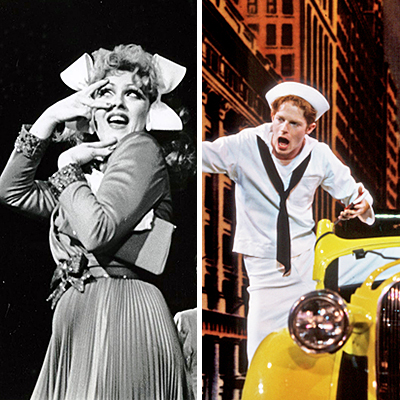
Where are they now?
On the Town was revived on Broadway twice, but neither mounting was as successful as the original. The 1971 version, starring Bernadette Peters, held out for 73 performances; another attempt, starring Jesse Tyler Ferguson in 1998, folded after 69 shows. Hey, whatever happened to those guys, anyway?

Suit up, sailors
In 2013, On the Town sailed straight past New York and docked in...Pittsfield, Massachusetts? Tony-winning director John Rando (Urinetown) staged a new revival of the beloved musical at the Barrington Stage Company, and he had the Midas touch with sexy sailors Tony Yazbeck, Clyde Alves and Jay Armstrong Johnson. "[On the Town] is one of those rare revivals that remind us what a hit show from long ago was originally about," raved The New York Times. "In this case, it's the sex, stupid." The production was a hit, and you know what that means: Broadway, ahoy!

Set sail to Broadway!
Almost 70 years after On the Town first docked on Broadway, the new revival releases a fleet of 30 singers and dancers. Yazbeck, Alves and Johnson reprise their roles, alongside stage vets Alysha Umphress, Elizabeth Stanley and Jackie Hoffman, and New York City Ballet dancer Megan Fairchild. “The one most important thing was to tell the story and give a place in which great American musical theater performers—actors, singers, dancers—can do what they do best,” Rando told Broadway.com. Hoffman added, “I’ve been going to Broadway shows for a long time, and this stuff is over the top crazy.” Consider us enlisted!
